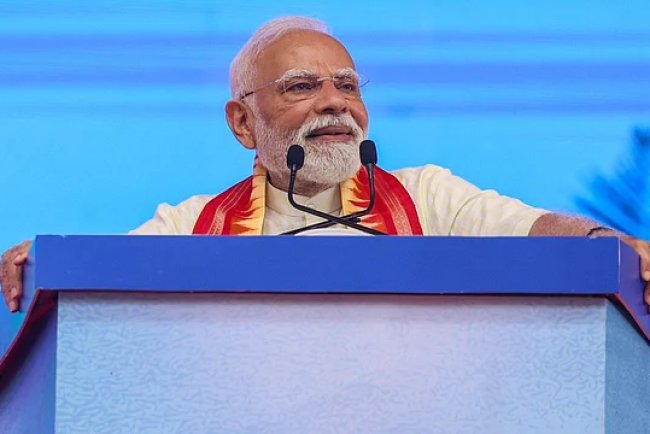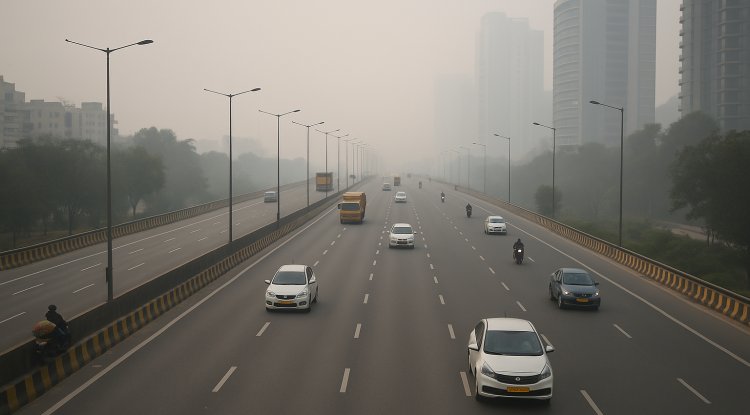Greener Europe by 2030: How the EU is Accelerating Its Climate Transition
The EU has reduced emissions by 40% as of 2025, driven by renewable energy and efficiency measures, but transportation and agriculture challenges threaten its 2030 goal of a 55% reduction. The EU is nearing its 2030 climate goal with a 40% emissions cut, led by solar and wind, but faces hurdles in transportation and agriculture.

Introduction
The European Union is making significant strides toward its 2030 climate target of reducing greenhouse gas emissions by 55% from 1990 levels. A 2025 report highlights the bloc’s progress in renewable energy and energy efficiency, though challenges in transportation and agriculture remain. These efforts position the EU as a global leader in the fight against climate change.
As of 2025, the EU has reduced emissions by 40%, driven by a rapid expansion of renewable energy sources. Solar and wind power now account for 30% of the EU’s electricity mix, up from 20% in 2020, with countries like Germany, Denmark, and Spain leading the transition. Germany’s solar capacity has grown to 80 GW, while Denmark generates 60% of its electricity from wind. The EU Emissions Trading System (ETS), which caps emissions for industries, has driven a 35% reduction in industrial emissions since 2005. Energy efficiency measures, including building retrofits and stricter appliance standards, have cut energy consumption by 10% across member states. The EU’s €500 billion investment in green infrastructure, including 1 million electric vehicle (EV) charging stations and 50 hydrogen refueling stations, supports this progress.
The transportation sector, responsible for 25% of EU emissions, remains a challenge. While EV sales have surged—reaching 2.5 million units in 2024—only 15% of vehicles on the road are electric, due to high costs and limited charging infrastructure in rural areas. Heavy-duty vehicles, such as trucks, rely heavily on diesel, with only 5% using alternative fuels. The EU is addressing this through policies like the Alternative Fuels Infrastructure Regulation, which mandates 60,000 charging points by 2030. Agriculture, accounting for 10% of emissions, faces similar hurdles. Methane emissions from livestock and fertilizer use have declined only 5% since 1990, prompting calls for stricter regulations on farming practices. The EU’s Farm to Fork Strategy aims to reduce pesticide use by 50% and promote organic farming, but adoption varies widely across member states.
Carbon capture and storage (CCS) technologies are critical to meeting the 2030 target. The EU has 10 operational CCS projects, capturing 5 million tons of CO2 annually, but scaling up to 50 million tons by 2030 requires €20 billion in additional investment. Countries like the Netherlands and Norway are leading CCS development, with projects tied to industrial hubs. The EU is also investing in green hydrogen, with 20 GW of electrolyzer capacity planned by 2030 to decarbonize industries like steel and cement. Eastern European countries, such as Poland and Romania, lag in renewable adoption due to reliance on coal, which still powers 20% of the region’s electricity. The EU’s Just Transition Fund, with €17.5 billion, supports these nations by funding renewable projects and retraining coal workers.
Policy coordination remains a priority. The EU’s Green Deal, launched in 2019, provides a framework for aligning national policies, with 80% of member states updating their climate plans in 2024. Cross-border energy projects, such as the Baltic Sea offshore wind grid, enhance energy security and renewable integration. However, bureaucratic delays and inconsistent regulations across countries slow progress. For example, permitting for wind farms takes up to three years in some states, compared to six months in Denmark. Public support for climate policies is strong, with 70% of EU citizens favoring stricter emissions targets in a 2024 survey. Yet, rising energy costs, up 15% since 2022, have sparked concerns about affordability, particularly in low-income households.
The EU’s international influence is notable. Its Carbon Border Adjustment Mechanism (CBAM), implemented in 2023, imposes tariffs on high-carbon imports, encouraging global decarbonization. This has prompted countries like China and India to accelerate their renewable energy plans. The EU is also sharing expertise through partnerships, such as training programs for African nations on solar grid integration. Despite progress, the IPCC estimates that global emissions must fall 45% by 2030 to limit warming to 1.5°C, and the EU’s efforts alone are insufficient without global cooperation.
Conclusion
The EU’s progress toward its 2030 climate goals, with a 40% emissions reduction and 30% renewable energy share, is commendable. However, addressing transportation, agriculture, and regional disparities will be critical to meeting the 55% target. Continued investment in CCS, hydrogen, and infrastructure, alongside streamlined policies, will ensure the EU remains a global leader in climate action.
Source: Reuters
What's Your Reaction?

















